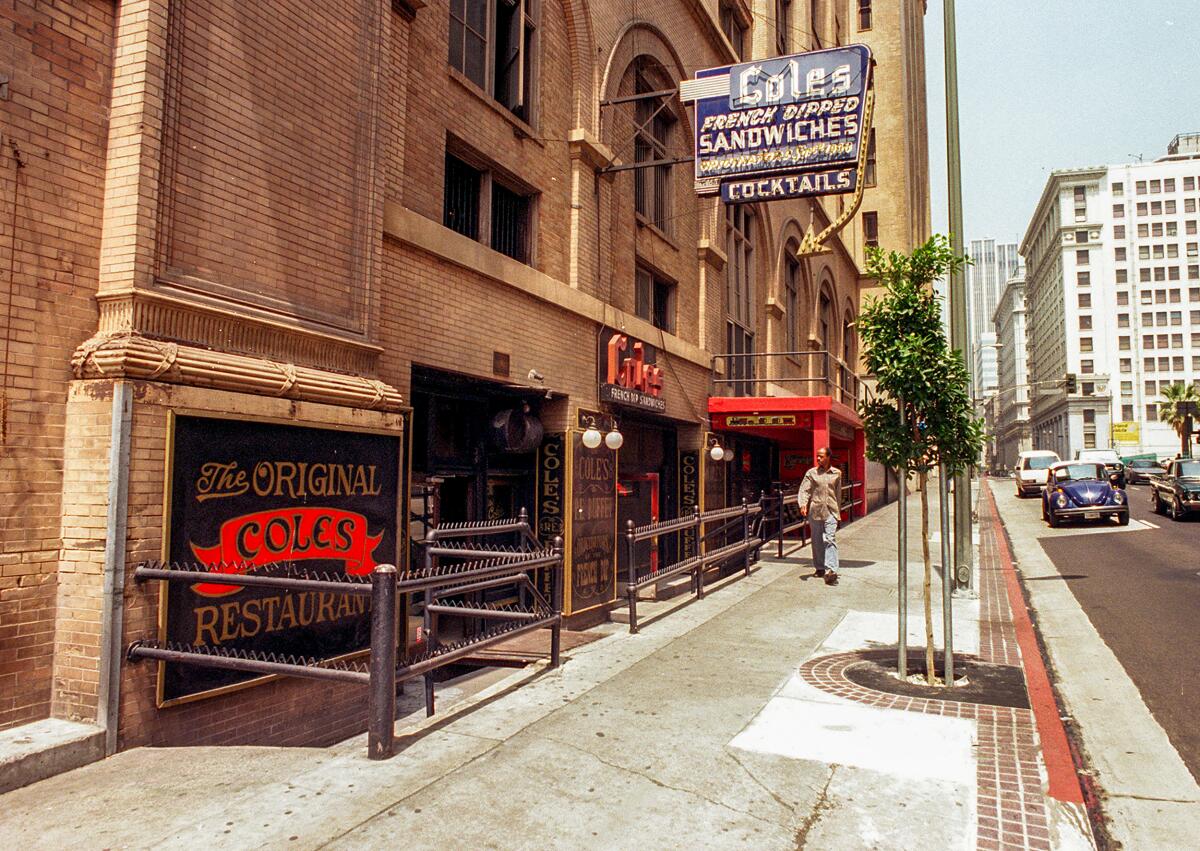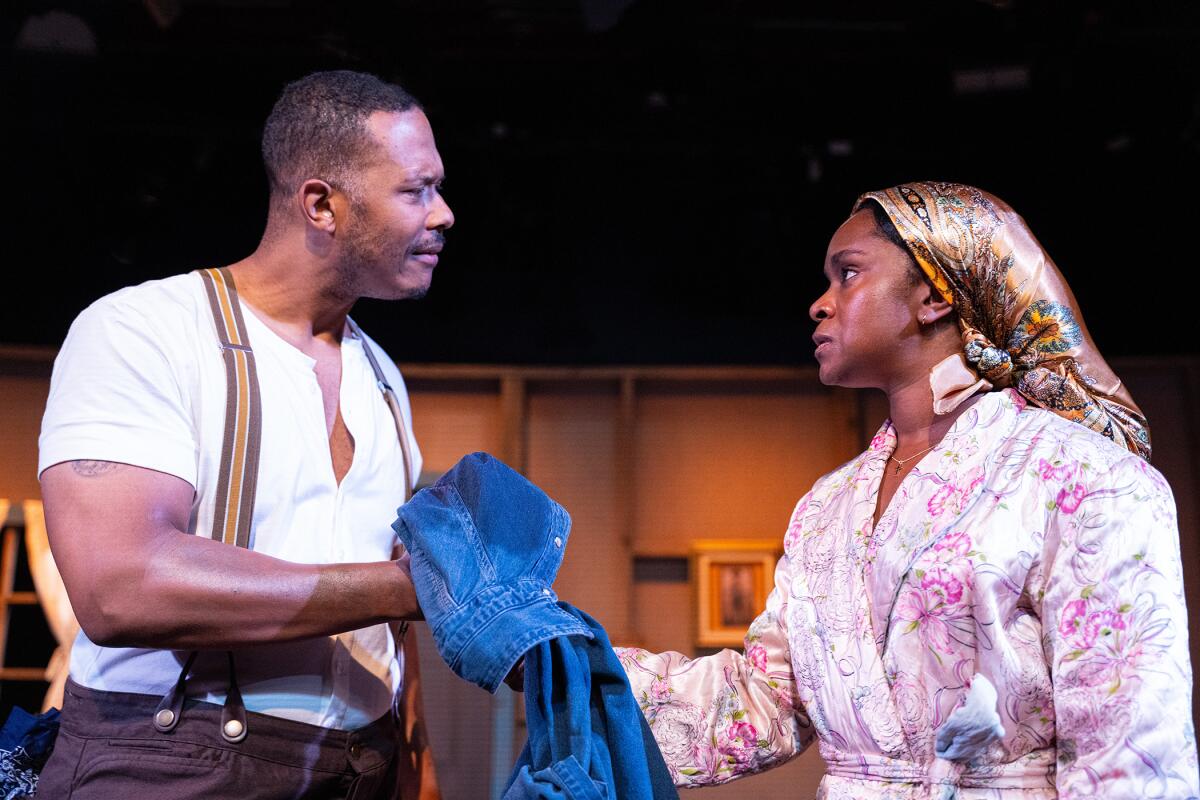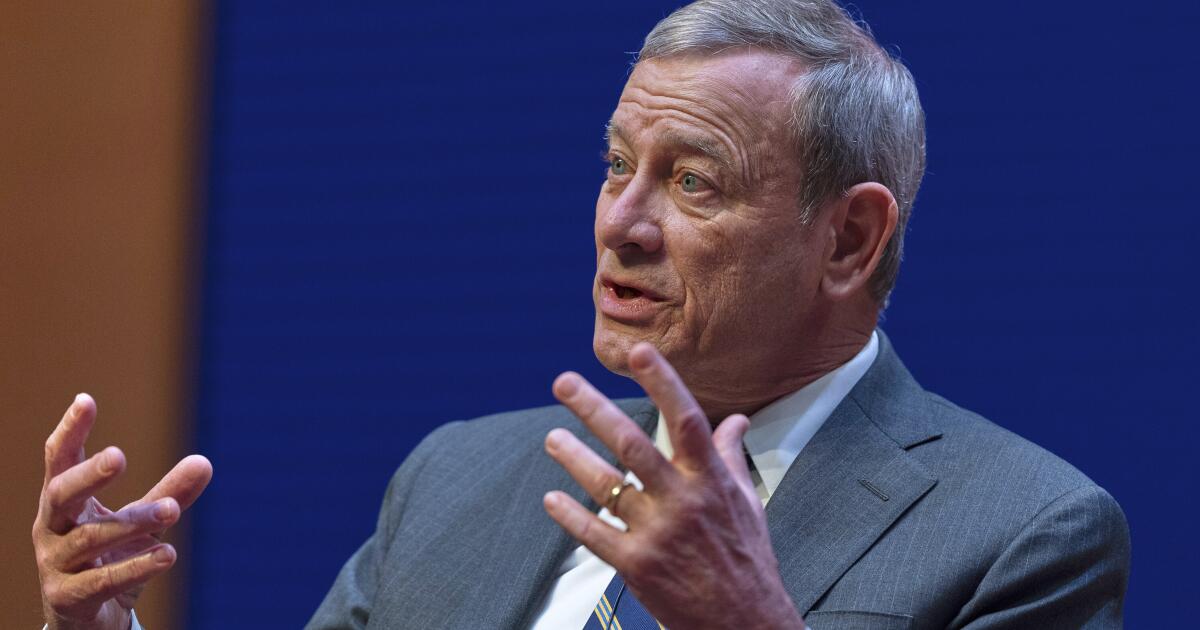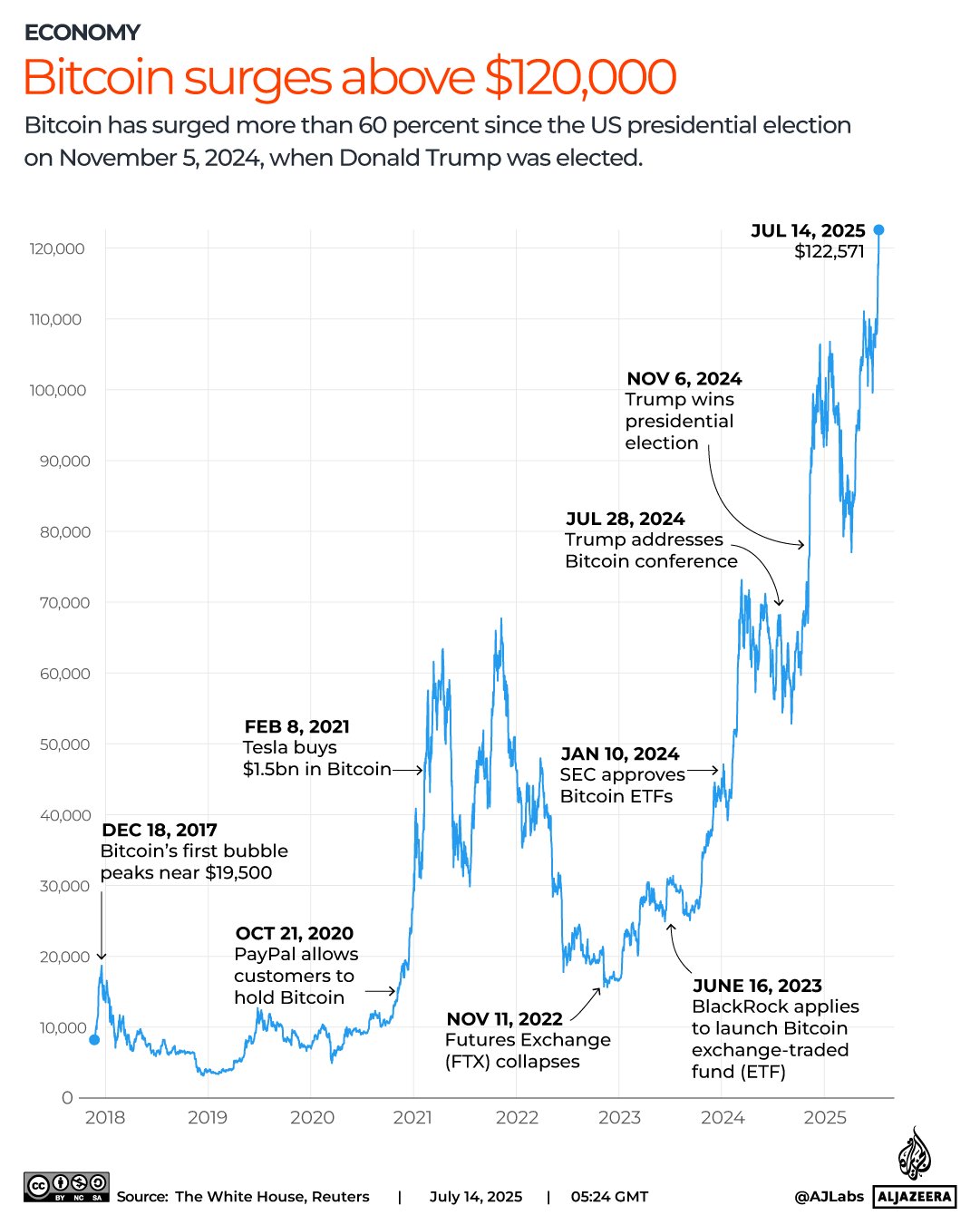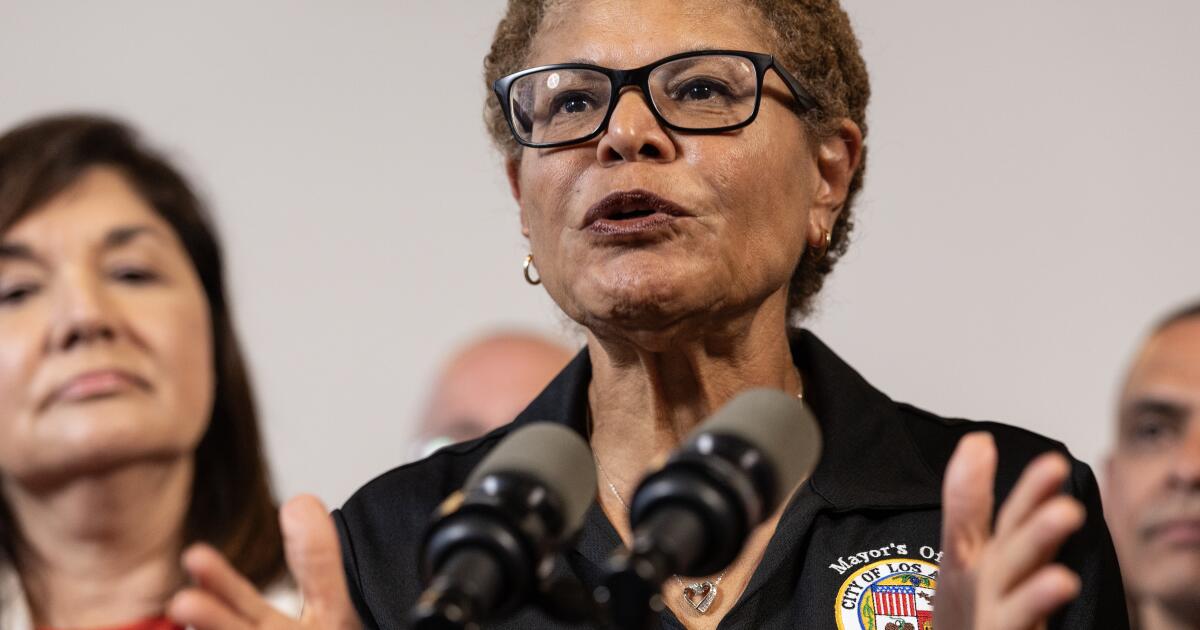There’s plenty of dramas in store this week, with Lauren Lyle reprising her role as Karen Pirie on ITV and Keeley Hawes fronting a new show on Amazon Prime. Get the lowdown.
Drama is all the rage this week on the box, with a string of new shows guaranteed to keep viewers on the edge of their seats.
For starters, BBC2 is airing a gripping show, Unforgivable, set to explore the impact of abuse with a star-studded cast. On ITV, Outlander star Lauren Lyle returns to Karen Pirie, ready to face a new cold case on-screen.
Amazon Prime, on the other hand, is gearing up for some gritty scenes with The Assassin, starring Keeley Hawes and The Good Doctor’s Freddie Highmore.
And while there’s plenty more on streaming platforms, Sky viewers will soon wave goodbye to one of their all-time favourite series as Shemar Moore fronts SWAT for the last time.
READ MORE: Get 30% off menopause supplements for bloating women ‘wish they’d found sooner’
Lip Reading the Royals: The Secret Conversations
Saturday, 5
Ever wondered what Prince William whispers to his wife, Kate Middleton, during royal events? Lip Reading the Royals: The Secret Conversations reveals the monarchy’s most private exchanges, caught on camera at weddings, funerals and formal occasions.
With expert lip reading and royal insiders on hand, this eye-opening documentary decodes the hidden dialogue of the royal family – from knowing glances to tense exchanges – offering a rare glimpse behind palace walls. It’s the Crown, unfiltered.
Krays: London’s Gangsters
Saturday, Prime Video
Forget the movie mythos, this two-part documentary unpacks the real Reggie and Ronnie Kray. Featuring never-heard-before recordings from the brothers in prison, this film digs deep into the psychological bond that kept London’s East End crime lords together.
Through expert insights and interviews, this series explores their brutal reign, their unwavering loyalty and descent into popularity. Shedding the Hollywood sheen, this is the raw and unfiltered truth behind Britain’s most renowned gangsters.
SWAT
Sunday, Sky
Shemar Moore leads SWAT into its explosive eighth and final season as Hondo confronts his most personal mission yet. When a school bus carrying students and his former football coach disappears, the team races against the clock.
Meanwhile, tension mounts with new recruit Devin Gamble, whose criminal family ties raise serious red flags. Balancing action-packed sequences with emotional stakes, this season promises high-risk takedowns, moral dilemmas, and a powerful send-off for the elite unit that’s kept L.A safe for seven years.
The Veil
Sunday, C4
Elisabeth Moss trades Gilead for global espionage in this gripping thriller series. She stars as MI6 agent Imogen Salter, tasked with uncovering the truth behind Adilah El Idrissi (Yumna Marwan), a woman suspected of orchestrating a deadly terrorist plot.
As secrets mount and loyalties blur, both women engage in a psychological game of chess spanning Paris, Istanbul and London. It’s tense, atmospheric and rich in twists, exploring trust and the veil between fact and fabrication.
Karen Pirie
Sunday, ITV
Lauren Lyle is back as cold case specialist DI Karen Pirie in this gripping adaptation of Val McDermid’s A Darker Domain. The second season tackles the 1984 kidnapping of heiress Catriona Grant and her toddler son Adam.
Their disappearance has rattled Scotland but when a body and Catriona’s car keys resurface in a remote quarry, Karen must untangle a web of secrets, betrayal and hidden romances. With its dual-timeline and Karen’s razor-sharp wit, there’s more deadpan banter, bold deductions and emotionally charged revelations.
Mandy
Monday, BBC2
Diane Morgan dons the leopard print as Mandy Carter in the fourth season of the gloriously daft BBC comedy. This time, the loveable oddball finds herself in increasingly surreal misadventures and bizarre job trials. But don’t expect her to learn anything new – she’s still up to her old tricks.
Every episode is short and savage and packs absurdist laughs and deadpan brilliance, keeping the cult following firmly on board. There’s plenty of chaos in store for Mandy but in her world, disaster is always part of the plan.
Cold Case Forensics: The Cheesewire Killer
Monday, 5
George Murdoch’s brutal 1983 murder – committed with a cheesewire has haunted Aberdeen for decades. Now, this gripping forensic documentary reopens the chilling case with cutting-edge analysis and fresh leads.
Presented by Kirsty Ward and narrated by Unforgotten’s Nicola Walker, the film retraces the night of the crime, the botched early investigation and what new DNA technology might uncover. With emotional interviews, and detailed insights, this show explores whether justice for George is finally within reach.
Critical: Between Life and Death
Wednesday, Netflix
From the producers of 24 Hours in A&E, this Netflix docuseries offers unprecedented access to London’s Major Trauma System. Cameras follow paramedics, surgeons, nurses and patients across four hospitals – St George’s, Royal Londo, St Mary’s and King’s College – as they tackle life-and-death emergencies.
Shot in real time, Critical: Between Life and Death delivers raw and unfiltered moments from the frontline. Brace yourselves for harrowing injuries, emotional recoveries and the incredible teamwork that keeps Brits alive against the odds.
Acapulco
Wednesday, Apple TV
The sun-drenched dramedy Acapulco returns for its fourth and final season as Maximo Gallardo faces the past – and the future. In 1986, young Maximo (Enrique Arrizon) tries to reclaim the top hotel title after a shock defeat.
Meanwhile, present-day Maximo (Eugenio Derbez) works tirelessly to revive Las Colinas before its grand reopening. Acapulco’s final chapter wraps up loose ends with heart, humour and the show’s trademark neon charm. Expect generational reflections and heartfelt growth for this last dip in Acapulco’s glamorous poolside chaos.
Mr Bigstuff
Thursday, Sky
Danny Dyer is back as loudmouth Lee in Mr Bigstuff’s second season, fresh off a 2025 TV BAFTA win for his performance in the bonkers Sky comedy.
This time, family drama ramps up when Lee and younger brother Glen (Ryan Sampson) discover their supposedly dead father may still be alive.
But as tensions rise between them – and with Glen’s fiancee Kirsty (Harriet Webb) keeping huge secrets – old wounds reopen. Guest stars include Fatiha El-Ghorri and EastEnders icon Linda Henry. With brawls, breakdowns and belly laughs, season two dives deeper into dysfunction with twisted humour and heartfelt honesty.
Unforgivable
Thursday, BBC2
Jimmy McGovern delivers a gripping new BBC Two drama with Unforgivable, where he delves deep into the emotional wreckage left by grooming and abuse within a working-class family.
Anna Friel leads the cast as Anna McKinney, a mother desperately trying to keep her family together, while Bobby Schofield plays Joe – a man sent to rehabilitation after his release from prison, seeking redemption with help from a former nun (Anna Maxwell Martin). It’s gut-punch storytelling at its finest.
Tom Kerridge Cooks Spain
Thursday, ITV
Tom Kerridge swaps British classics for Iberian delights in this six-part travelogue series. Journeying through Spain’s most flavour-packed regions, Tom samples all kinds of delicacies – from sherry vinegar aged since 1896 in Andalusia to anchovies in Santoña and explores seafood culture in Valencia.
Made in partnership with M&S’ Farm to Foodhall campaign, this series offers rich local insight, culinary history and vibrant visuals. Expect a mouth-watering tour of tapas, tradition and technique, filled with Tom’s trademark warmth and love of food. You won’t want to miss a bite.
A Normal Woman
Thursday, Netflix
Marissa Anita commands the screen in this taut, psychological Indonesian drama where she plays Milla – a privileged housewife on the brink of madness after convincing herself she’s contracted a mysterious and incurable illness.
Her body feels alien, her family’s dismissive and, soon enough, reality starts to blur. As her seemingly perfect life teeters on the edge, Milla has to confront uncomfortable truths or cling on to delusion. Dark and unflinching, A Normal Woman explores identity, repression and the cost of being believed.
The Assassin
Friday, Amazon Prime
Keeley Hawes stars as Julie, a retired hitwoman whose peaceful life in Greece is upended when her estranged son Edward (Freddie Highmore) arrives – unearthing secrets that put both of their lives at risk. When enemies from Julie’s shadowy past surface, the duo are forced to collaborate for survival.
Created by Harry and Jack Williams (The Tourist), this six-part thriller blends emotional depth, covert manipulations and sun-soaked suspense. Expect sharp twists, explosive action and a gripping exploration of legacy, family and redemption.
Whitstable Pearl
Friday, U&Alibi
Kerry Godliman returns as Pearl Nolan, the food-loving, crime-solving seaside sleuth in Whitstable Pearl’s third season. In six new episodes, Pearl balances running her restaurant with investigating a string of mysterious deaths across Kent’s coastal community.
With DCI Mike McGuire (Howard Charles) complicating things both professionally and personally, Pearl finds herself in deeper waters than ever.
Get ready for local secrets and emotional tension as the amateur detective tackles love, loss and layered cases in this quietly compelling Brit drama.
Here We Go
Friday, BBC2
The Jessops are back for the third season of Here We Go – and they’re just as chaotic as ever. This time, the lovable family faces everything from disastrous holidays to awkward jobs – even baby bombshells – all with their usual mix of mishaps and mayhem.
Created by Tom Basden and starring Jim Howick and Katherine Parkinson, the hit BBC comedy continues to capture the hilarious ups and downs of everyday life. Expect more laughs, heart and more family m havoc.
Like this story? For more of the latest showbiz news and gossip, follow Mirror Celebs on TikTok, Snapchat, Instagram, Twitter, Facebook, YouTube and Threads.











